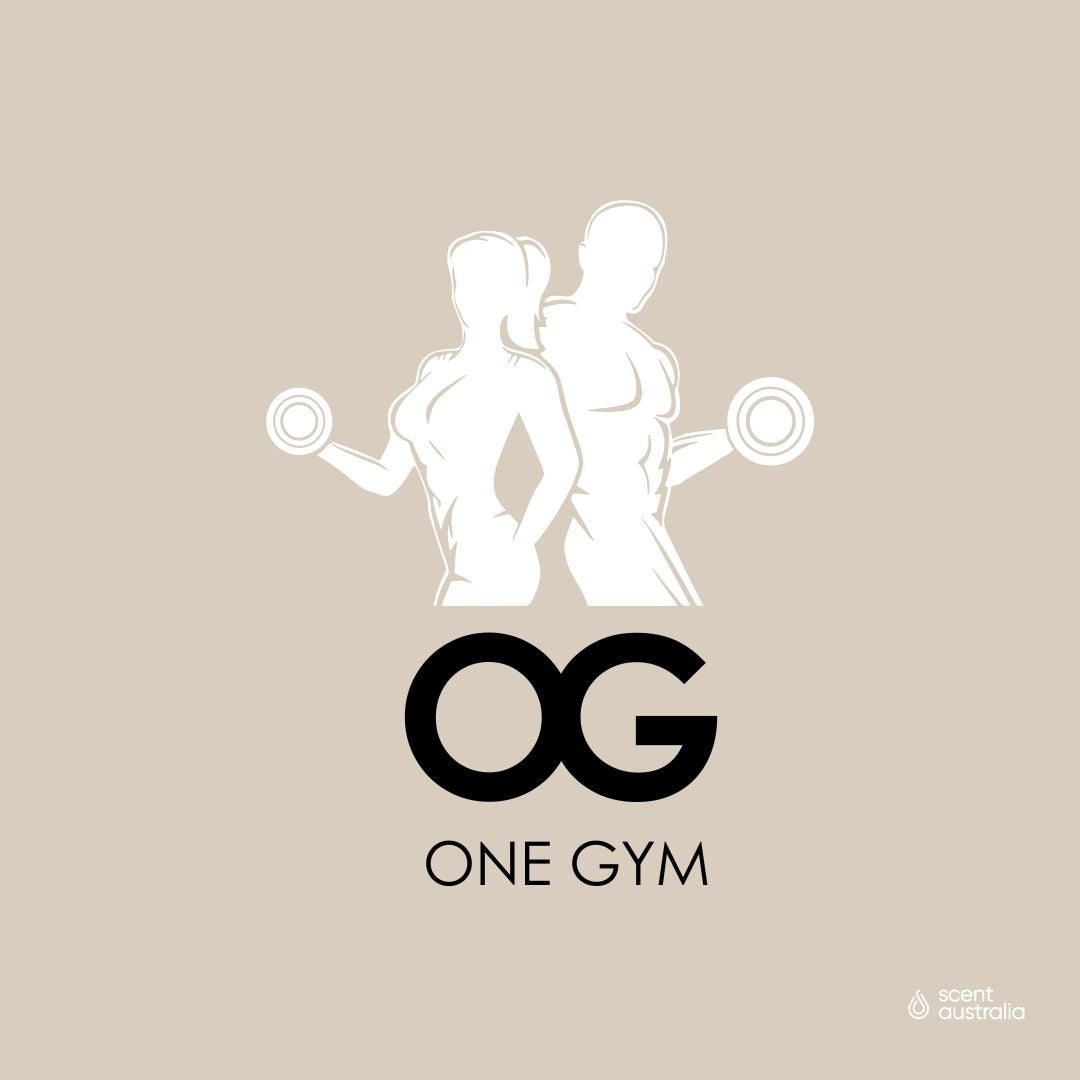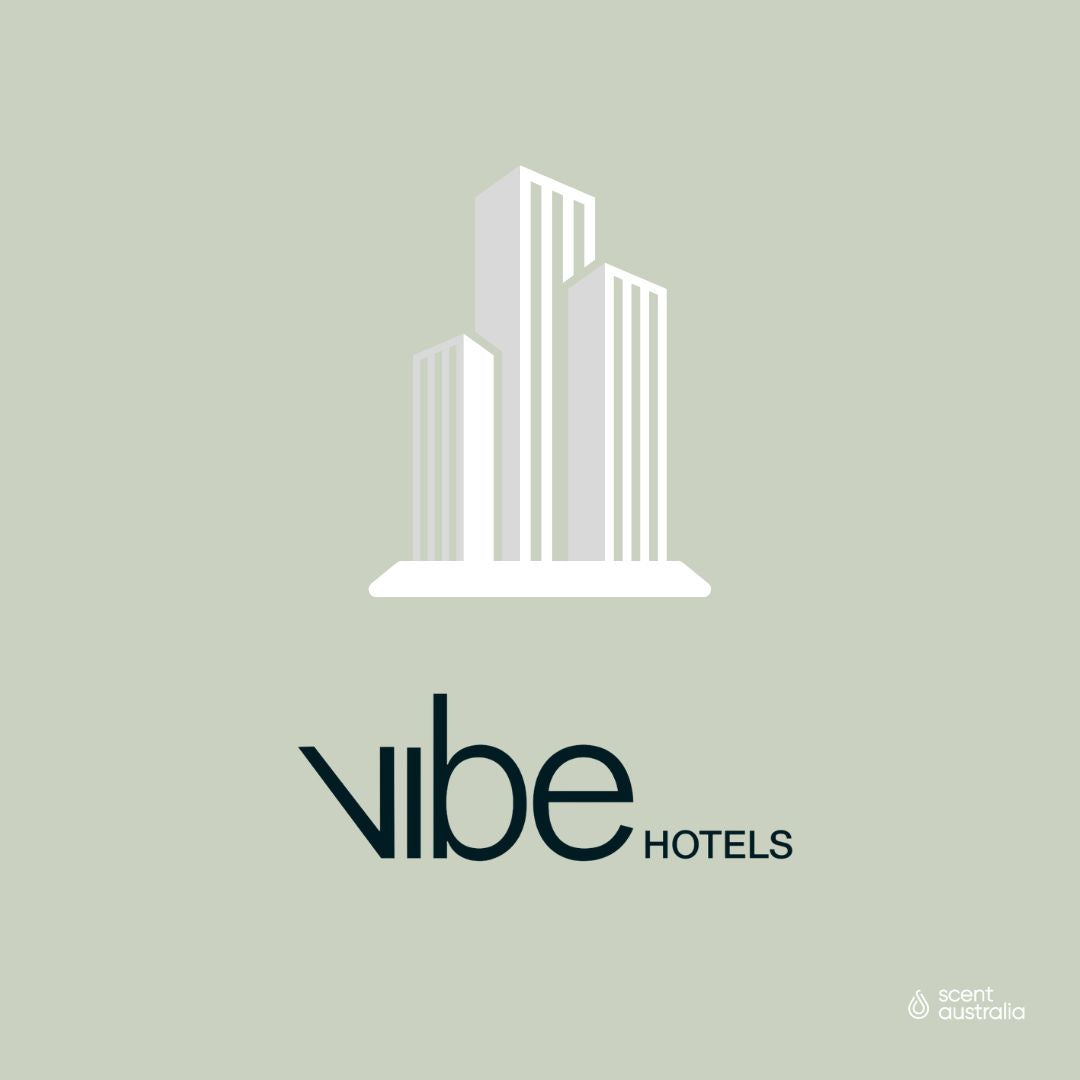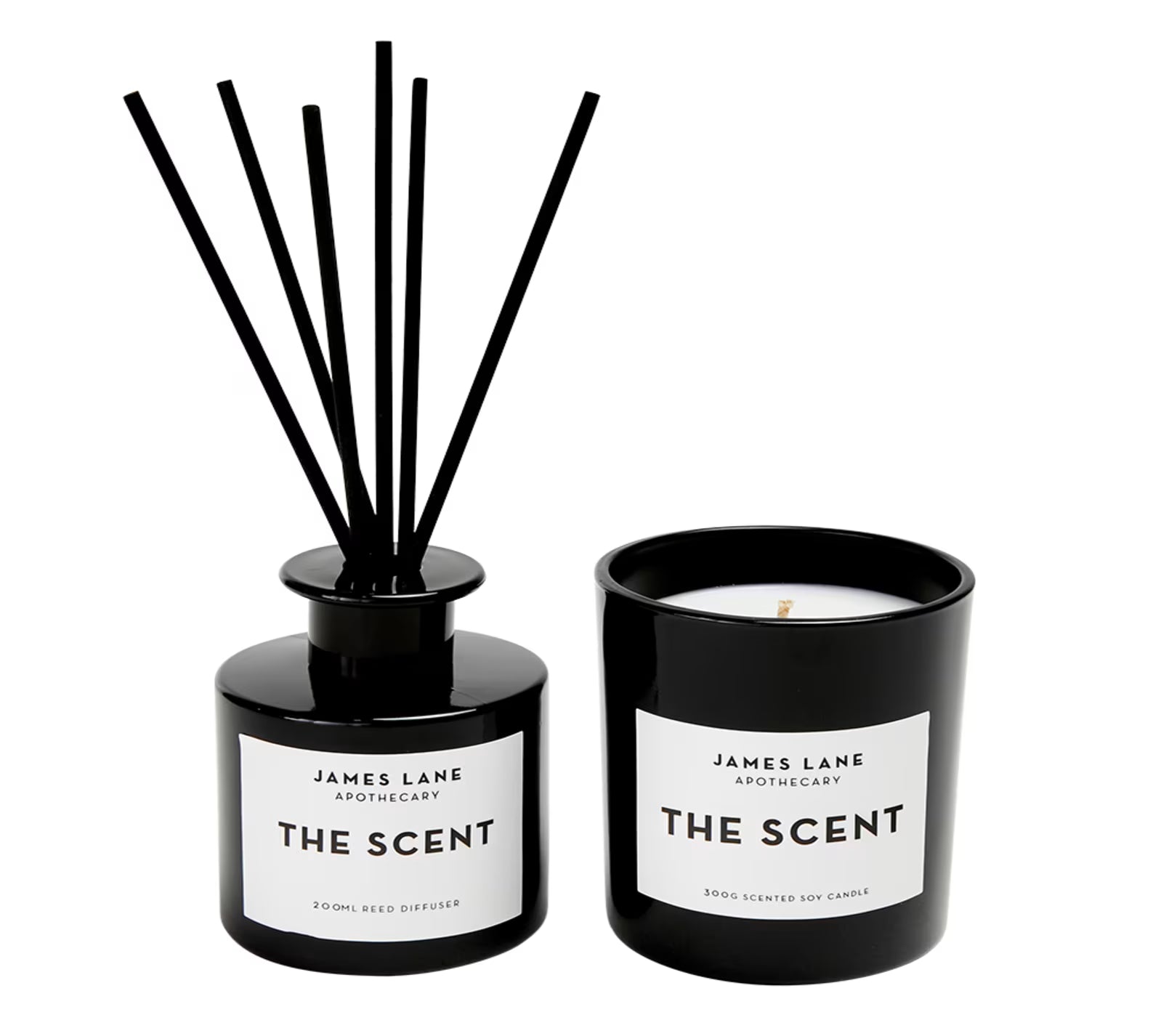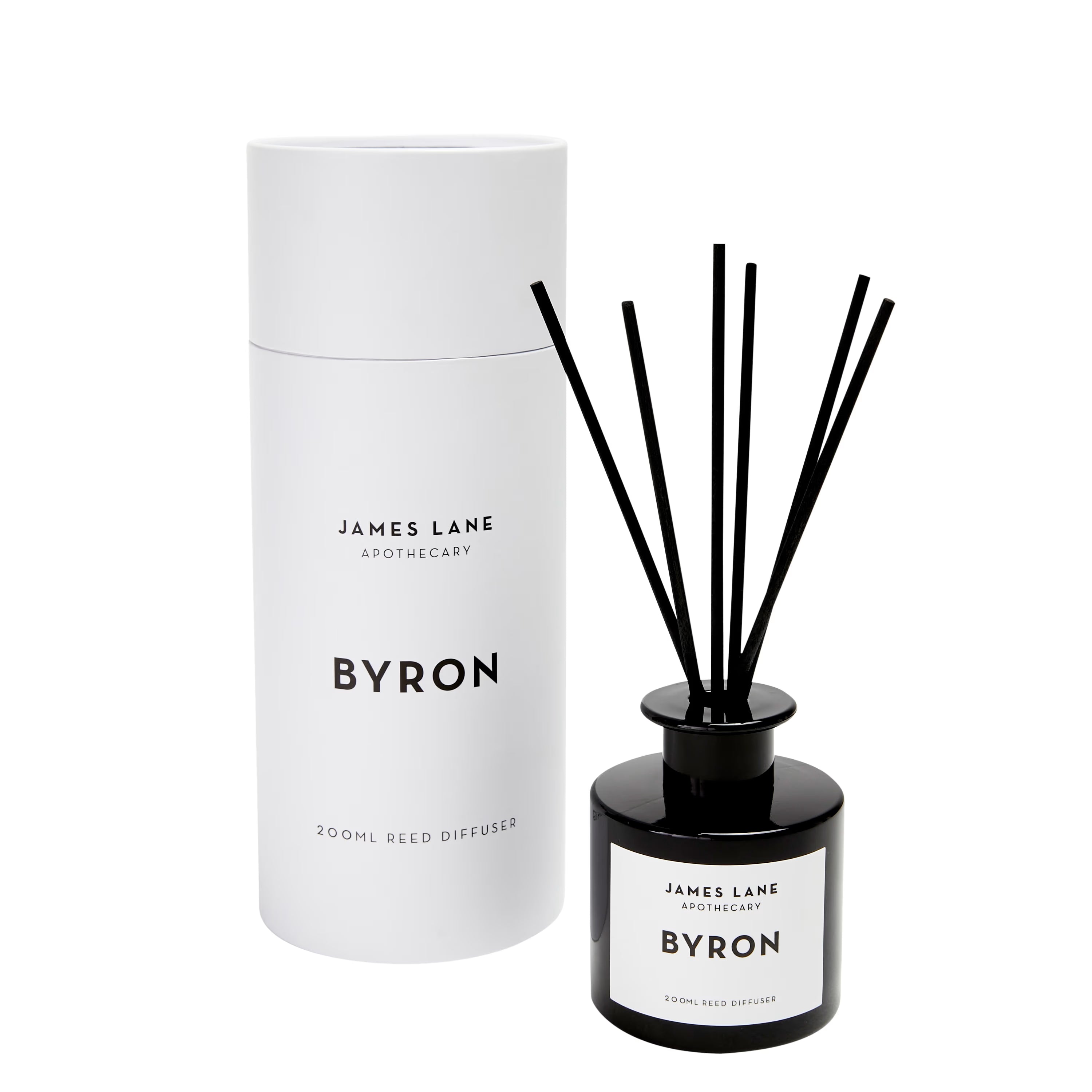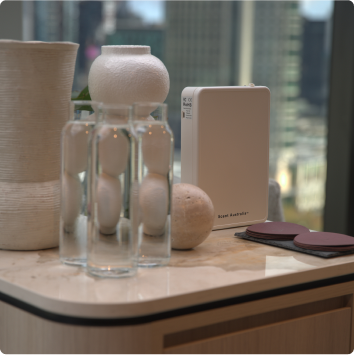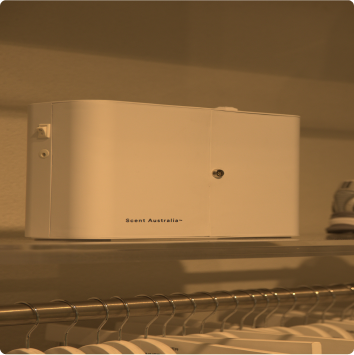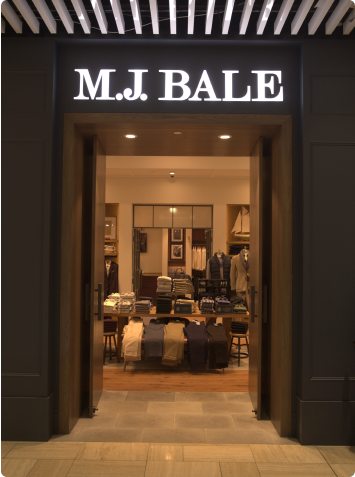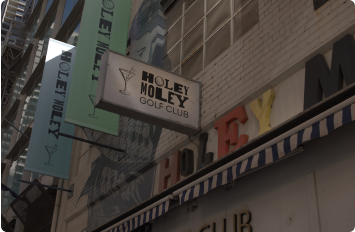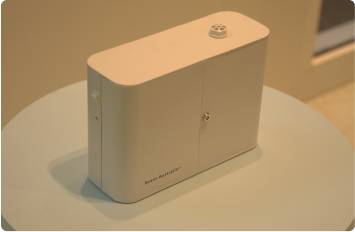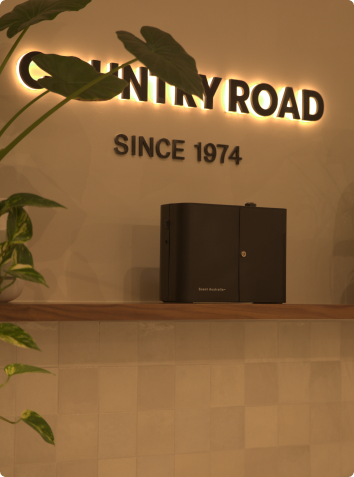What is a Scent logo and why you need it
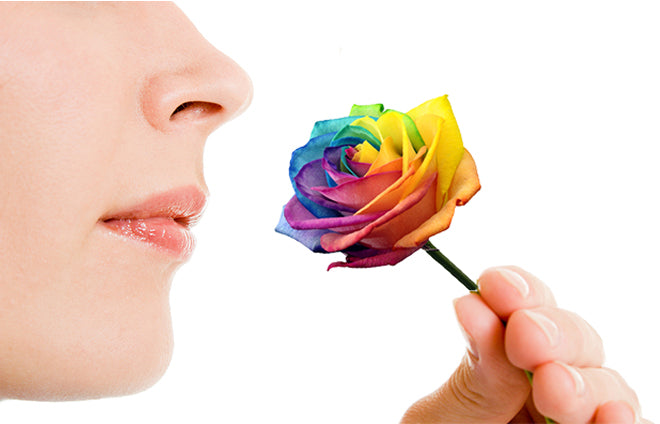
Brands understood the importance of a visual logo years ago and it would now be unthinkable to skip the logo creation step in the marketing world. Many famous brands like Apple, Starbucks or Pepsi even changed their logo to keep pace with their changing business until they find the perfect fit. Spending a large amount of money on this visual representation of their brand is logic as these brands are exposed a large numbers of customers and it contributes to develop their brand identity. As a result, their brand recall is close to 100% throughout a good part of the world.

If your brand don’t have the notoriety of Nike or Coca-Cola a visual logo will not be enough nowadays to get customers to remember your brand. So how can you get customers to remember you quickly?
The answer is through the sense of smell.
The sense of smell is the only one of our five senses that is directly connected to the part of the brain that processes emotion, memory and associated learning. In fact, you are 100 times more likely to remember something that you smell than something that you see, hear or touch.
Savvy marketers utilise this fact by creating an olfactory logo for their business. An olfactory logo, also called scent branding, is a custom scent that the brand creates to embody its unique brand characteristics. Much like a graphic logo, the olfactory logo is used wherever the brand is present. After repeated exposures to the olfactory logo, the smell becomes strongly associated with that brand.
In order to work, the signature scent needs to be consistent with the image and emotions of the brand. Think about the personality of your brand. Is your brand fun and quirky or smart and serious? Is your brand synonym of holidays or of safety? Also think about your target market. Are they young, middle-aged or older? Predominantly male or female? Value or luxury buyers? These characteristics can be successfully matched with different fragrance elements to create a scent that embodies your brand characteristics.
A highly successful use of scent branding is Abercrombie & Fitch. Their signature fragrance is dispersed in high concentrations in all of their stores and appeals to young, upscale consumers. The result? Fierce (which is also sold as a personal fragrance) is the number one selling fragrance for men in the US and Europe and A&F’s teenage and young adult target market can easily identify authentic A&F jeans solely by their smell.
Most of the major hotel chains also use an olfactory logo. For example, Intercontinental uses a luxurious floral fragrance, and the St. Regis uses an elegant blend of rose, sweet pea and pipe tobacco.
Once you have created your signature scent, use it in all of your stores or hotels so that it can become associated closely with your brand in the customer’s mind and that they will keep in mind their experience with you. To do this you can use a scent diffuser to disperse the fragrance in the air like the one offered by Scent Australia. People will definitely remember you by their nose!







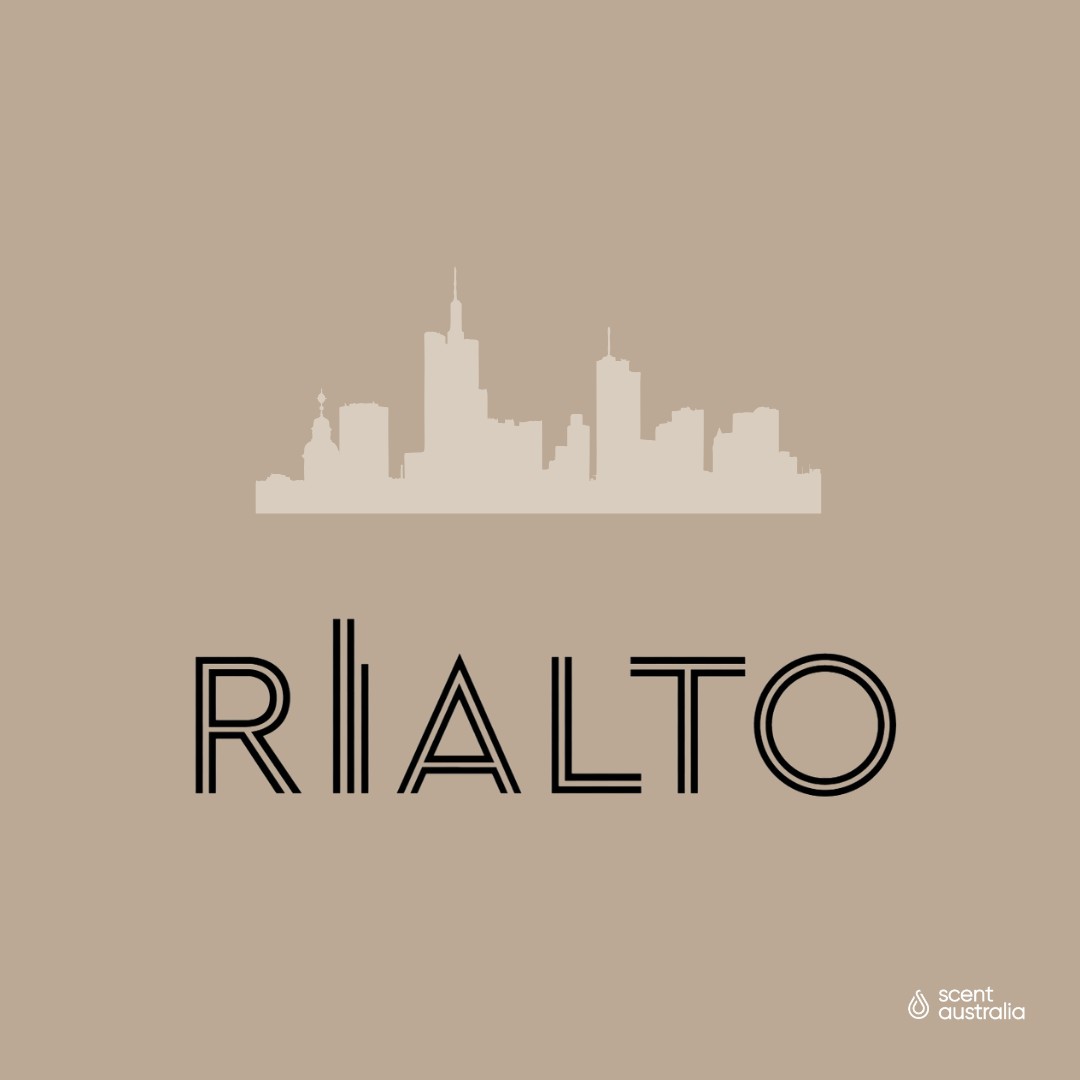
 Brian Clark
Brian Clark
